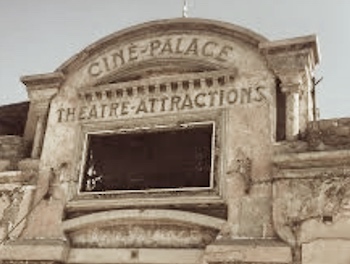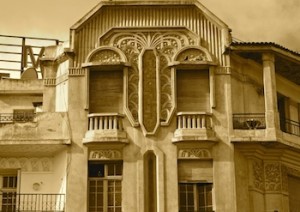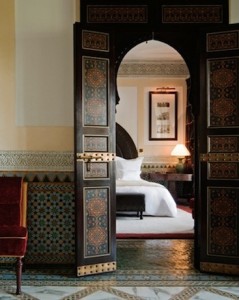Marrakech Art Deco, A Paradise of Architectural Gems
A great way to discover the Moroccan city of Marrakech is through a Guided walking tour of its Art Deco Architecture in the new city of Gueliz. You can spend an afternoon gallery hopping, shopping at designer boutiques and eat your way…





